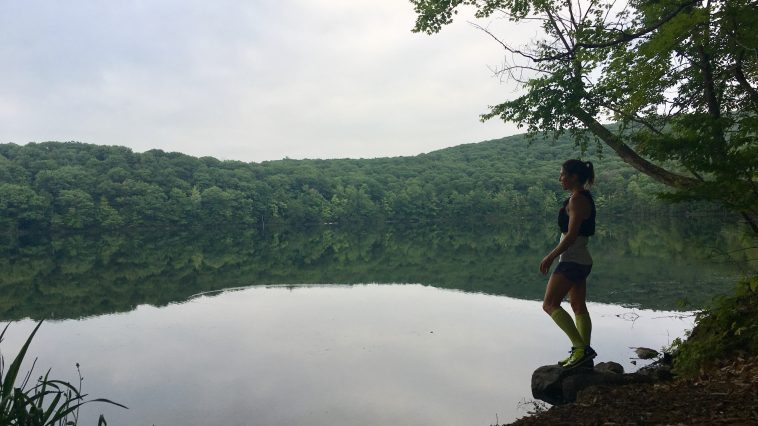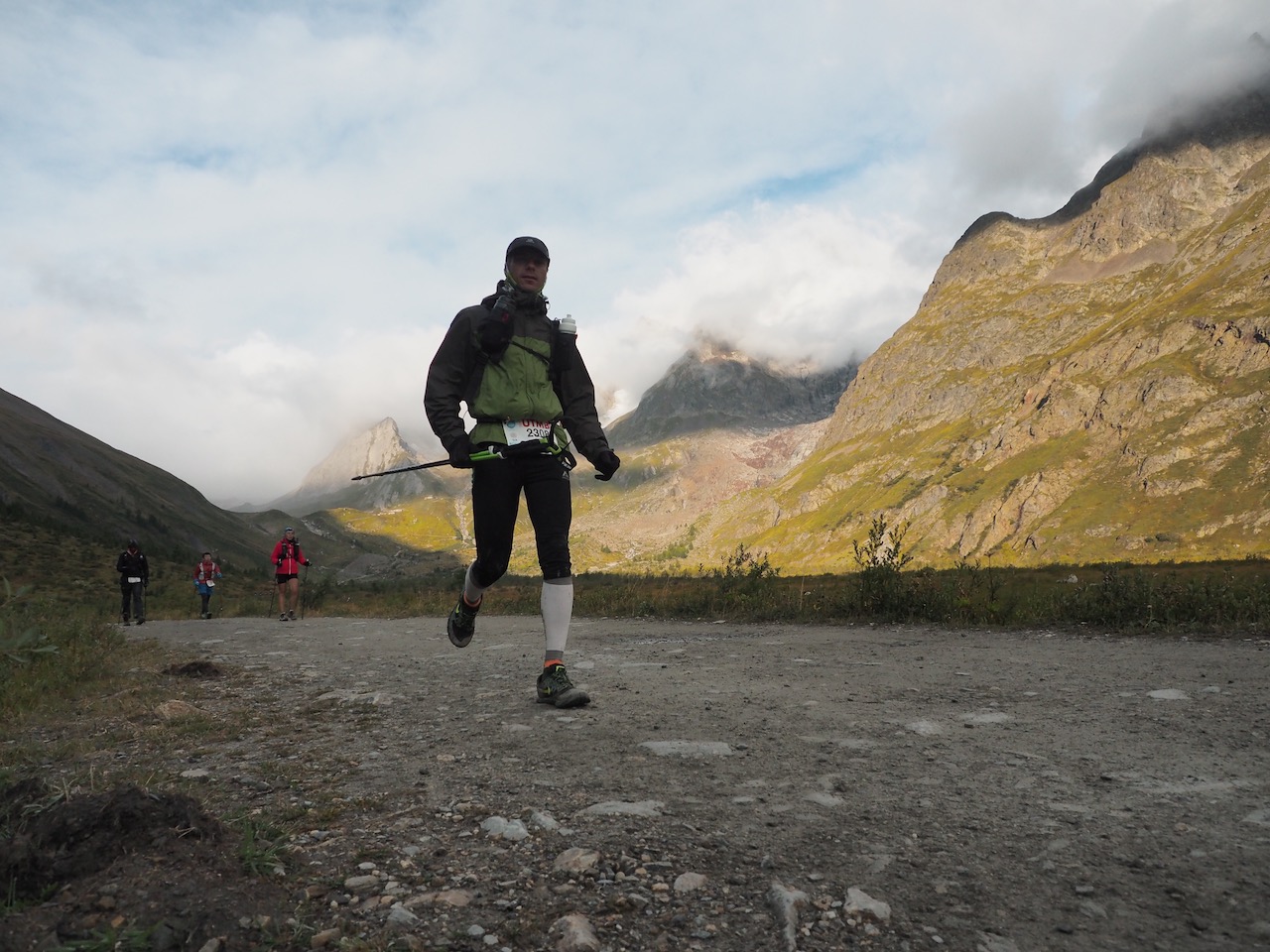When a heat wave hits it can be more appealing to put on a swimsuit than running shoes. Training in the heat and humidity is a challenge, as the body’s temperature regulation mechanisms are put to the test.
Here are some tips to help make this experience more tolerable.
Starting a workout well hydrated
Drinking water, lots of water, throughout the day is the most important principle. This is even more true during heat waves.
More specifically, it is generally recommended to drink 500 to 750 ml of water per hour in the 2 to 4 hours before training and to decrease to around 250 ml in the last hour, in order to avoid the need to urinate during the race.
These amounts are subject to each individual’s bodily needs. The best indicators to determine hydration level are the perception of thirst and the color of urine: it should be clear. If you feel thirsty, drink!

While training, drink!
Maintaining good hydration during training or a race is essential to help the body regulate its temperature. In general, it is recommended to drink 3-4 sips of hydration in 15-minute increments.
The important thing during physical activity in the heat is to start hydrating early in the race and respect the urge to slake your thirst. One of the best indicators of hydration status during a race is this perception of thirst.
For an effort lasting less than an hour, water is more than enough, although it can be replaced by a sports or specialty drink with electrolytes (sugar-free) if it is very hot.
During a prolonged effort, it is important to take in liquid with electrolytes to facilitate hydration. Finding a sports drink (with sugar and electrolytes) that works for you is critical, since it will provide you with precious carbohydrates in addition to the liquid that will hydrate you.
Topping up after a training session
At least 500 ml of water should be imbibed within an hour of a workout, whether or not it is done in the heat. Again, pay attention to your thirst.
Fancy a tall, frosty beer? Of course, but drink at least full glass of water first.
Is fueling different when training in the heat?
Fueling during physical exertion in the heat is no different from a nutritional point of view than during physical exertion at a normal temperature.
However, certain health precautions should be taken during a long outing. If you are bringing food that should be kept fresh, remember to keep it close to an ice pack.
Also, keep in mind that some foods are less tolerant of the heat, including chocolate and jujubes, which can melt and get messy.
To get some protection from the heat, consider running in the shade as much as possible. Trail running in the woods is ideal.
Also, do not hesitate to use an ice pack in a bandana.
Finally, consider the various creeks and beaches that you come across on your run to cool off, either by dousing body parts or jumping in.
Translation : Caroline Beaton
Jean-Philippe is a registered-dietician, member of the Professional Order of Dietitians of Quebec, and assistant professor at Laval University in Canada.
Must Read:
- How Your Gut Microbiota Will Make You a Better Runner
- Beware, alcohol affects fitness!
- What and How to Eat the Four Days Before a Big Race


